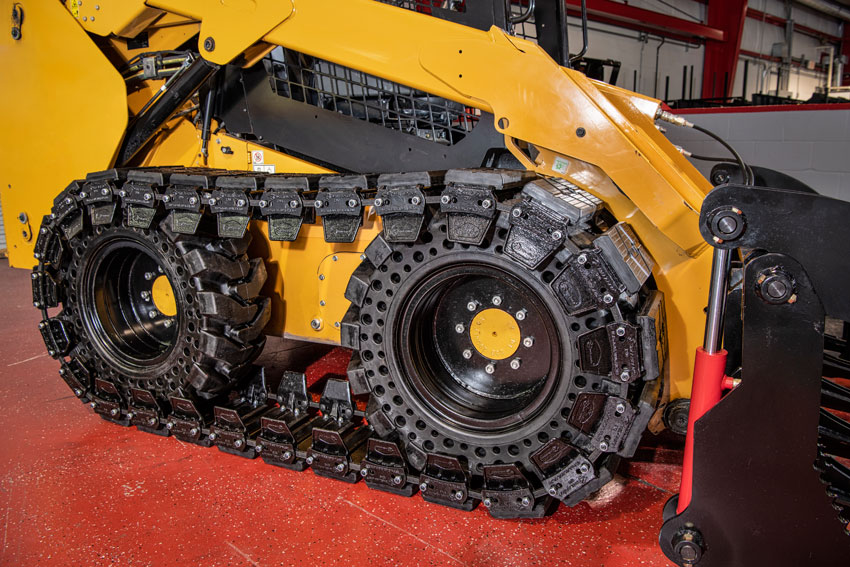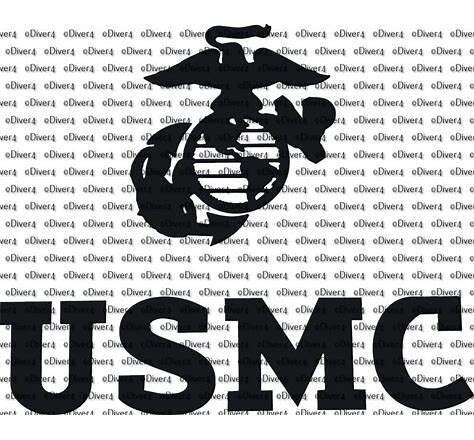The USMC wasn’t invited to the M10 Booker testing, design, and trials. I know; I asked. The M10 was developed for the US Army Airborne and Light Forces and it made sense that the Marines weren’t invited because a Marine in charge of Force Design posted on social media that he didn’t want tanks, not even the M10 Booker. Back then under Commandant General David Berger, the philosophy was strictly “No tanks” because of the logistical burden of the M88 Recovery Vehicle and fuel tankers. The Marines followed Commandants Berger and now Eric Smith who sided with “No tanks.” Thus, the M10 was not designed with fording gear, but that can probably change…maybe.
As an 1811, I’m unpologetically biased. But I believe down to my core that Forced reDesign 20-something is a terrible mistake, and it’s going to get Marines killed!
Yes it’s understandable that the Marines weren’t invited to participate in the Booker’s development , but that didn’t stop us before. We always make do. So, if the Marines can get their hands on a tank that the Army isn’t calling a tank, and we can stick a tube over the exhaust pipe, you can bet that the Marines will make it happen.
If the USMC desired to sling-load a “tank,” there is always the 8x8 tank destroyer like the 120mm Italian Centauro II, 90mm Cockeril, and others. But some said that the wheeled tank destroyers don’t handle main gun recoil well and they carry few rounds. The USMC actually tested a lot of vehicles, so did the US Army, and these have been tested for the M8 AGS that won over the Stryker MGS, but politics prevailed and the Stryker MGS was adopted. The Marines never said that they wanted the US Army’s divested Stryker MGSs. The CH-53K can sling-load 18 tons and the Stryker MGS is 20.7 tons so it won’t work. The 120mm Centauro II is actually 30 tons and the Centauro I weighs 24 tons so that won’t work.
I can’t tell you that the Marines really want to “sling” a tank. The narrator may insist on this, but I haven’t read anything about this. When it came to Marine tanks in the past, there was no such requirement. What I find ironic is that if it’s true that Marines would want to sling carry a tank, why pick the same “tank” that Army Airborne couldn’t sling?
“Wheeled” tanks might seem to be a more logical pick, but there’s some factors to consider. From my experience, the heaviest “wheeled” tanks are more or less equivalent to the light tank, or a smaller medium tank. Generally, wheels do not carry as much weight as tracks, so the weight is purposely kept down on some of these vehicles. The LAV, for example has a requirement to be sling carried by Super Stallions. Being light makes it possible, but being light means they have thinner armor, which can be defeated by heavy machine gun or auto cannon fire. And they don’t have a large cannon of their own, which means they can’t take on tanks, or heavy fortifications, and, of course, they aren’t tanks.
The other vehicles you mentioned are viable options, and the Marines should consider them, but right now, it’s the Booker which is in the spotlight here, and of course, Forced reDesign will need to be addressed.
As for as not handling recoil well. There’s a number of reasons for this.
First, in terms of weight, a wheeled vehicle is equivalent to a light tank, and if it’s armed with a larger cannon, such as a 105 or 120mm. It’s gonna be a lot like shooting a .38 Special on a S&W J-frame revolver. You’ll get a lot of kick, because it’s a hot round with a very light (low mass) pistol. A .38 Special on a heavier pistol frame would have a lot less kick.
These vehicles also tend to ride higher off the ground. If you want a wheeled vehicle to be able to traverse soft terrain, the tires need to be as wide and as large as possible. The downside is, larger tires means higher ride height, and that means higher center of gravity. If you fire the cannon over the side, the vehicle is going to rock heavily to one side, and it will be so severe that crew can be injured. I believe it’s frowned upon to fire over the side unless it can’t be avoided. The more desired option is to fire the cannon pointing over the bow (or stern)
Edro



